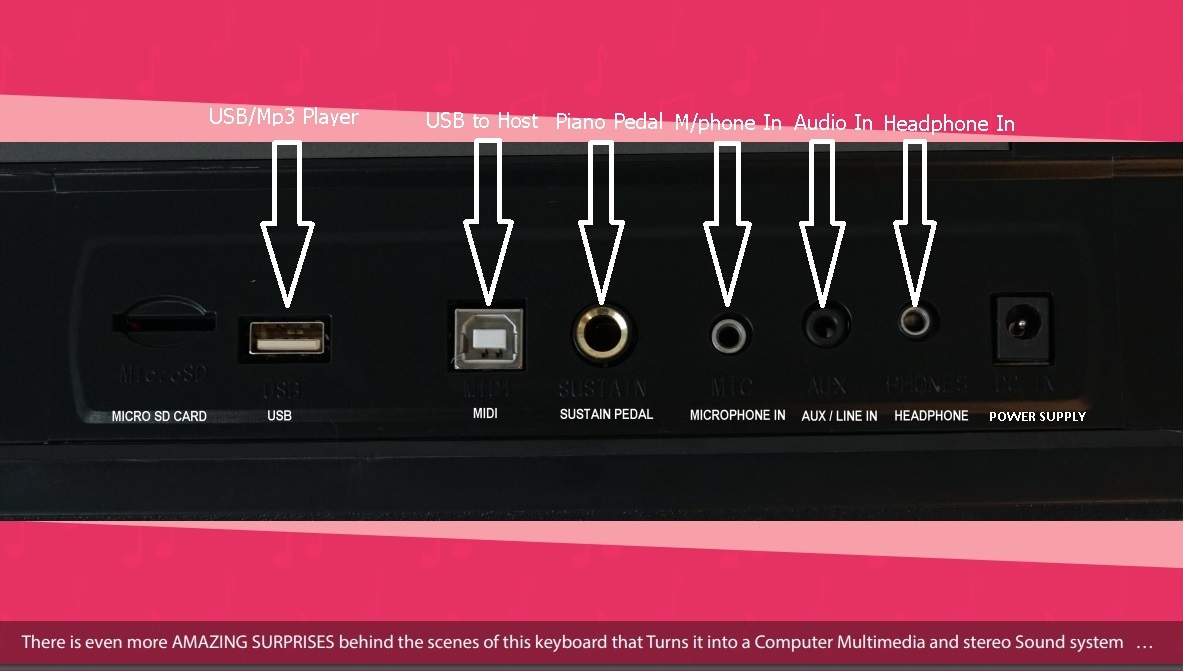
Generally, these different pieces of information should all be logically the same. So Pages or Numbers might use the iWork representation of the text, another word processor might use the RTF version, a plain text application like BBEdit might use the UTF8 text, an image application like Acorn might use the image, and so on. When an application pastes anything from the clipboard, it tries to choose the best representation. These different forms of the information on the clipboard are called “flavors”. There are four possible solutions to ensure robustness in these sorts of cases:Ī reference to the location in the document A similar affect can happen if you actively delete the pasted clipboard using the Delete Clipboard action - the old clipboard may be restored before the Command-V is processed. If the application / system is slow, then the pause will not be long enough, and what will actually happen on the application end is: Post a Command V to the keyboard event queue

Keyboard Maestro includes an automatic delay after posting a command key to allow the application to process it, but it's possible for the system / application to be slow in processing it and thus resulting in the wrong order of execution. Clipboard IssuesĬopy or Paste is done via a Command-C or Command-V, and this is an asynchronous action - the keystroke is posted to the event queue and the system/application will process it at some unknown future time.
#KEYBOARD MAESTRO COUPON PASSWORD#
Because it is a password field, the only indication will be a missing bullet ( This happens most commonly when you have a hot key trigger with the same key (eg Control-T) as a key you want to type in to a password field (eg “Hello there”). So if it tries to simulate the same key that you are holding down, in a password field, it will still simulate the press and release, but because the key is already held down, the press will not do anything and the keystroke will be lost. Because of this, Keyboard Maestro does not know that you are still holding down a key and therefore cannot know to release it. However, in a password field (or any time Secure Input is enabled), Keyboard Maestro and other applications cannot see the state of the keyboard (for obvious security reasons). If the key is already being held down by you (eg because you pressed the key as a trigger), then Keyboard Maestro notices this, and first releases the key, and then presses and releases the key. It debuts today with an introductory price of just $24.When Keyboard Maestro simulates a keystroke, it simulates both the press and the release. (And should you want more, don David Sparks’s has several other Field Guides, including: Siri Shortcuts, OmniFocus, iPhone, Hazel, and Paperless.Ĭheck out The MacSparky Keyboard Maestro Field Guide. If you’re interested in creating automated triggers, actions, palettes, or useful scripts, MacSparky’s Keyboard Maestro Field Guide is for you. And if anyone can turn you into a macOS wizard, it’s Sparks.ĭavid’s latest field guide highlights everything Keyboard Maestro can do and includes almost 4 hours of video training and 76 separate videos to help you master all of Keyboard Maestro’s intricacies. What also makes it great is that all these scripts and macros are based on a graphical user interface - you don’t have to do any actual coding to use it, you just have to know what problem you want a solution for.ĭavid Sparks’s expertise in this category is unparalleled. ( Here’s that KM macro if you’re interested.)

Perhaps my favorite use for Keyboard Maestro is to eliminate one of the single biggest frustrations I encounter when using my Mac: hitting a keyboard shortcut to launch a quick-entry to my todo list, but realize that my todo list is not currently running. And that’s just the tip of the Keyboard Maestro iceberg. Or to Launch Tweetbot in a moment’s notice (not my most productive shortcut).

I also have a shortcut to open Safari URLs in Chrome. One thing you can use Keyboard Maestro for is to apply global keyboard shortcuts that can then be used to trigger just about any sort of macro, action, or script that you want.įor example, I have a hotkey set to launch Mail upon a particular keystroke.

Keyboard Maestro is one of the most powerful and awesome apps available for the Mac.


 0 kommentar(er)
0 kommentar(er)
